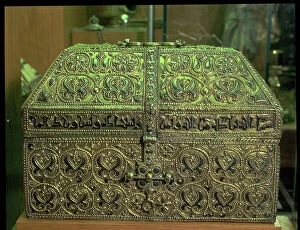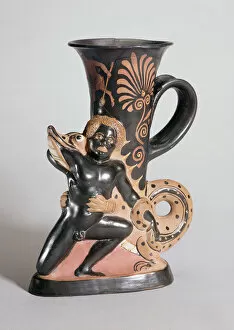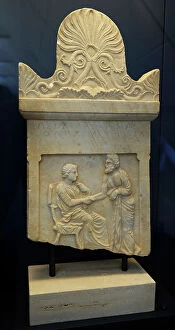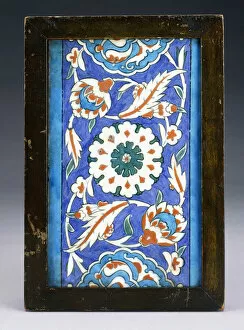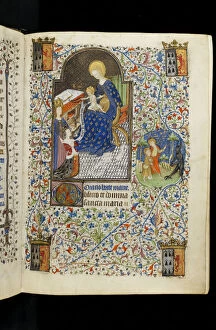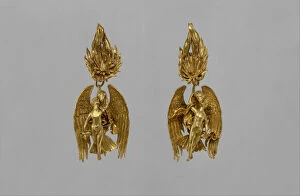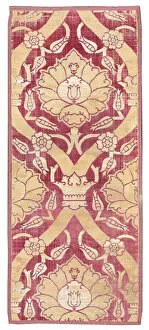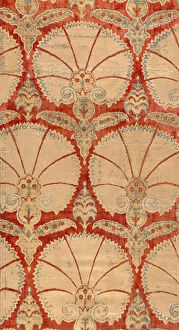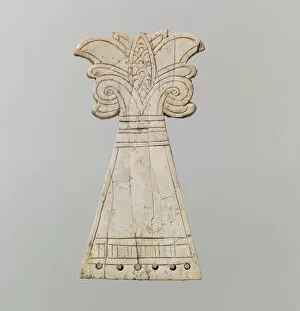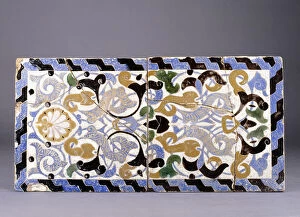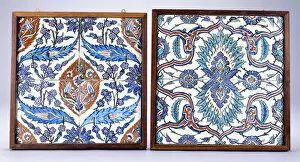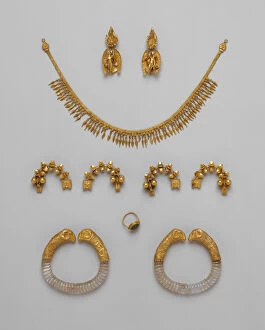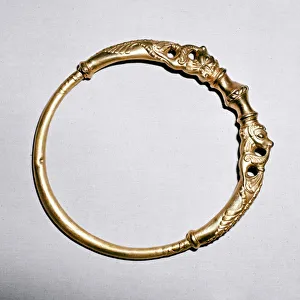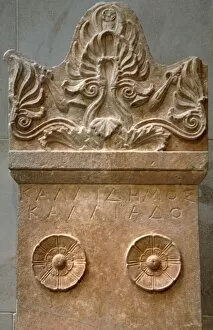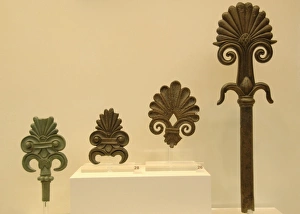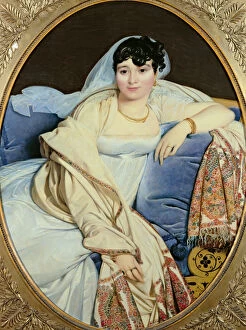Palmette Collection
The palmette, a recurring motif in Greek art, is showcased in various forms and mediums throughout history
All Professionally Made to Order for Quick Shipping
The palmette, a recurring motif in Greek art, is showcased in various forms and mediums throughout history. From gravestones to pottery, this intricate design has left its mark on ancient artifacts. In Attica, Greece, during the years 400-350 BC, a red-figure horn-shaped rhyton depicts a gripping scene of a crocodile attacking a Nubian. The skillful use of the palmette adds depth and detail to this captivating artwork. Greek pottery also showcases the beauty of the palmette. A lekythos from Greece dating back to the 4th century features red figure painting that highlights this iconic motif. Its presence enhances the overall aesthetic appeal of the piece. The upper part of a marble stele belonging to Kallidemos serves as an impressive grave marker. Dating back centuries ago, it displays intricate carvings including delicate palmettes that symbolize eternal life and remembrance. Moving beyond Greece's borders, an exquisite beaker with relief-cut decoration from the 9th-10th century catches our attention. Made out of glass and adorned with stunning palmettes, it exemplifies skilled craftsmanship from another era. An Iznik pottery tile presents us with symmetrical designs featuring four red palmettes amidst scrolling vines. This beautiful creation showcases how different cultures embraced and incorporated this timeless motif into their own artistic expressions. A limestone parapet fragment from ancient times reveals yet another example where palmettes were used extensively for decorative purposes. The intricately carved details demonstrate how even architectural elements were not exempted from incorporating these elegant motifs. Terracotta figurines depicting Demeter and Persephone hosting a procession provide insight into initiation rituals for Eleusinian Mysteries during the 4th century BC. Amongst other symbols associated with these sacred ceremonies are delicately crafted terracotta palmettes which add significance to these religious practices.

